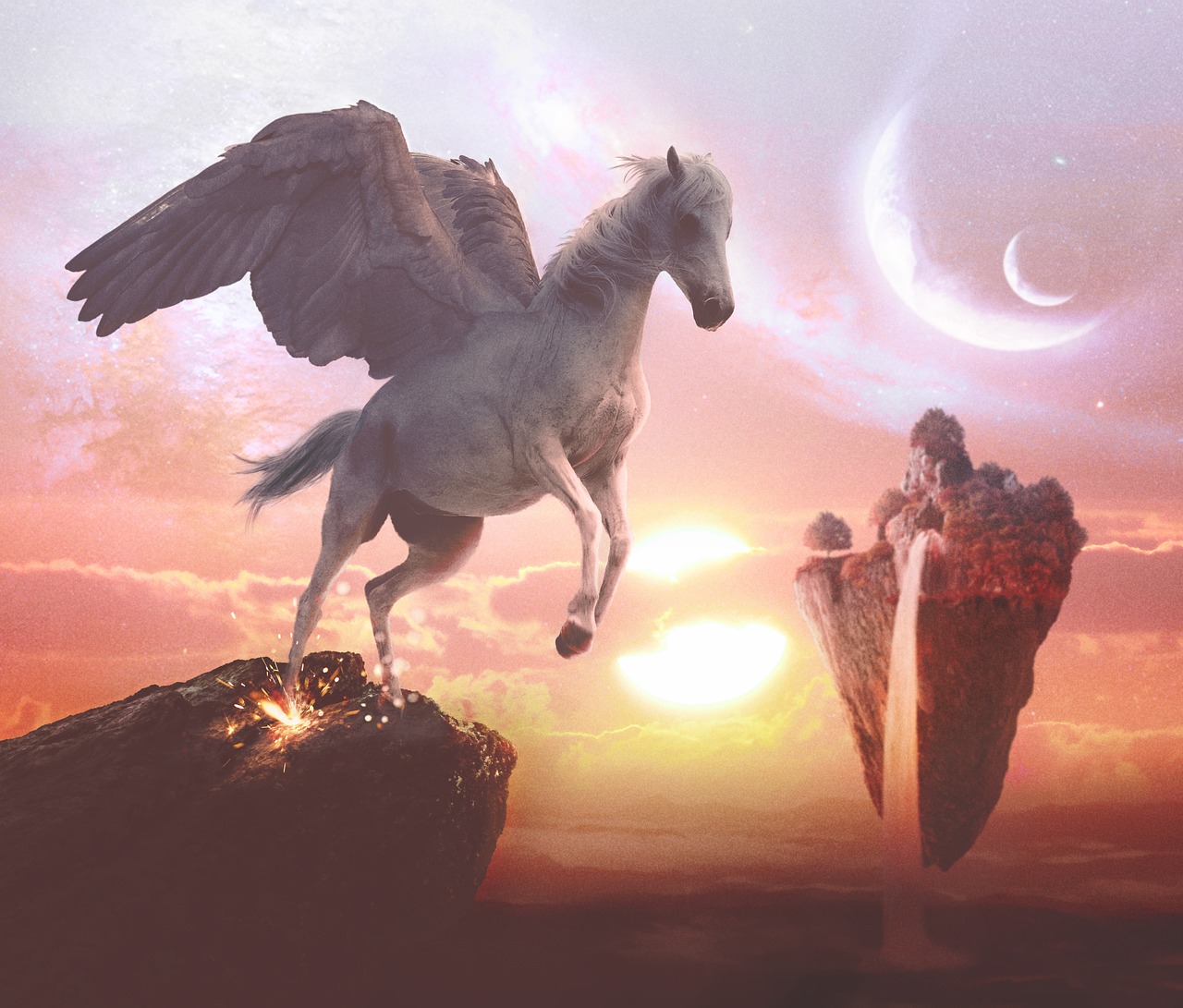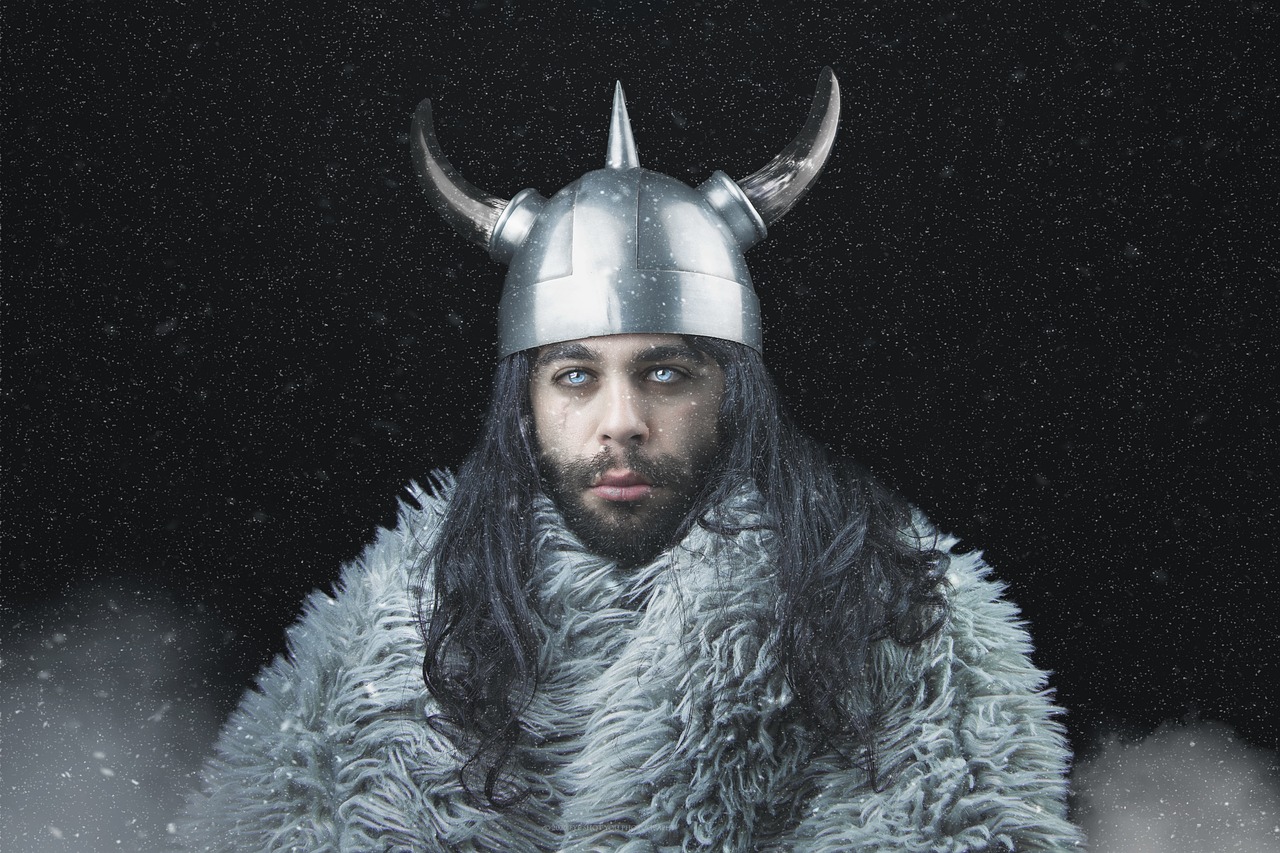Mythology
-
Vidar, often recognized as the ‘silent god,’ ranks as the Norse deity of vengeance and is regarded as the second-most powerful figure in the Norse pantheon, following Thor in sheer physical strength. However, when considering the overall power across various dimensions, Odin, the AllFather, transcends all Norse gods. Vidar is another progeny of Odin, cementing…
-
Vidar, a significant figure in Norse mythology, epitomizes vengeance, silence, and resilience. As the son of Odin—the chief among the Aesir gods—and the giantess Gríðr, Vidar’s stature in mythology has often been overshadowed by his more renowned brother, Thor. Yet, he plays a crucial role, notably slaying Fenrir during Ragnarok and emerging as a key…
-
Vidar, often referred to as the ‘silent god,’ occupies a significant place in Norse mythology as the deity of vengeance and is hailed as the second mightiest god, following Thor. It is crucial to distinguish that this strength refers explicitly to physical prowess and not metaphysical power. In terms of overall influence and might across…
-
The Blind God of Darkness: The Tale of Hodr Hodr, known in Old Norse as Höðr, embodies the essence of darkness and winter. As the son of the chief gods Odin and Frigga, he holds a significant position among the twelve principal Aesir deities. However, his legacy is marred by the tragic death of his…
-

The Tale of Hodr and Baldur in Norse Mythology Hodr, pronounced “HO-der,” is a figure from Scandinavian mythology primarily recognized through a singular event: the demise of the god Baldur. There are two main accounts of this tale, each presenting a distinct interpretation of events. The more recognized narrative originates from the Prose Edda, compiled…
-
In the vast array of characters within Norse mythology, each deity possesses distinct traits and complex narratives. Among these figures is Hodr, the blind god whose tale is steeped in sorrow, manipulation, and the prospect of redemption. This discussion delves into Hodr’s identity, encompassing his origin, nature, the symbolic implications of his blindness, and the…
-

Celtic religion encompasses the spiritual beliefs and practices of the ancient Celts, an Indo-European group that reached the peak of their influence and expansion by the 4th century BC. This widespread population stretched from Britain to Asia Minor. However, following the 3rd century BC, the Celts faced a decline and fragmentation, culminating in the loss…
-

The Dual Narratives of Hodr and Baldur in Norse Mythology Hodr, also known as Höðr in Old Norse, which translates to “Warrior,” is a figure in Scandinavian mythology, prominently featured in the tragic tale of Baldur’s death. This narrative exists in two distinct versions, each presenting a different perspective on Hodr’s actions and character. The…
-
Understanding Höðr in Norse Mythology Höðr is primarily referenced in the Prose Edda and the Poetic Edda, while also making an appearance in the Gesta Danorum, albeit in an altered manner. He is often considered a god associated with darkness and is known to be the brother of Baldr, a god who symbolizes light. As…
-
Hodr, known from the Old Norse term Höðr meaning “Warrior,” emerges in Norse mythology as a significant but complex figure primarily associated with the tragic tale of Baldur’s demise. His narrative unfolds through two distinct accounts, highlighting diverging interpretations of his character and actions. The most recognized rendition, found in Snorri Sturluson’s Prose Edda, presents…


